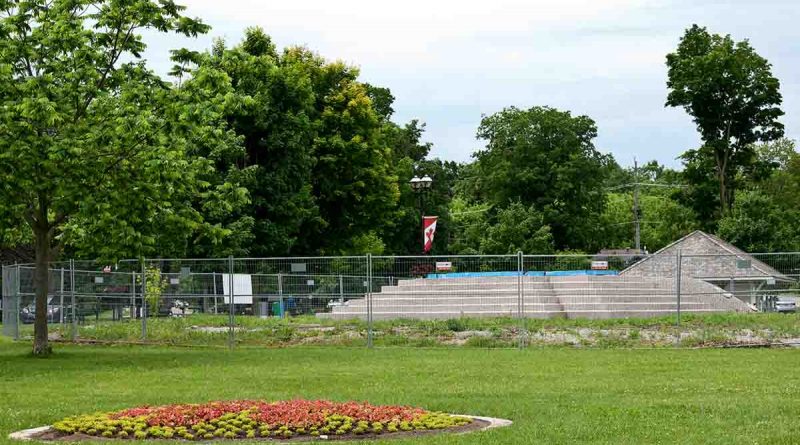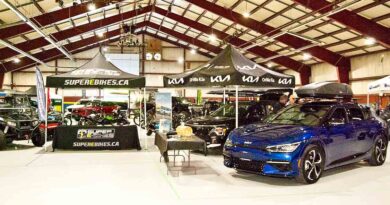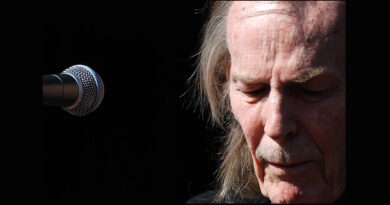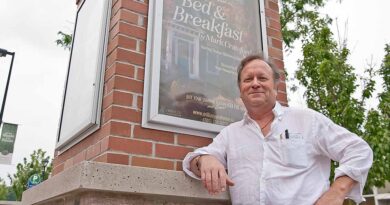Analysis: Council on Record With Champlain Monument
By John Swartz
The first clause of a resolution council passed at its regular council meeting a week ago put the municipality in the ‘bring it back’ camp regarding the Champlain Monument.
“Based on the outcome of the recently completed Parks Canada/City of Orillia consultation process, the City of Orillia supports the re-installation of the Champlain Monument in its original form.”
Original form is an important part of that clause. Some people have advocated the side pieces not be installed. Councillor Jay Fallis is one of those who think those pieces should not be part of the monument.
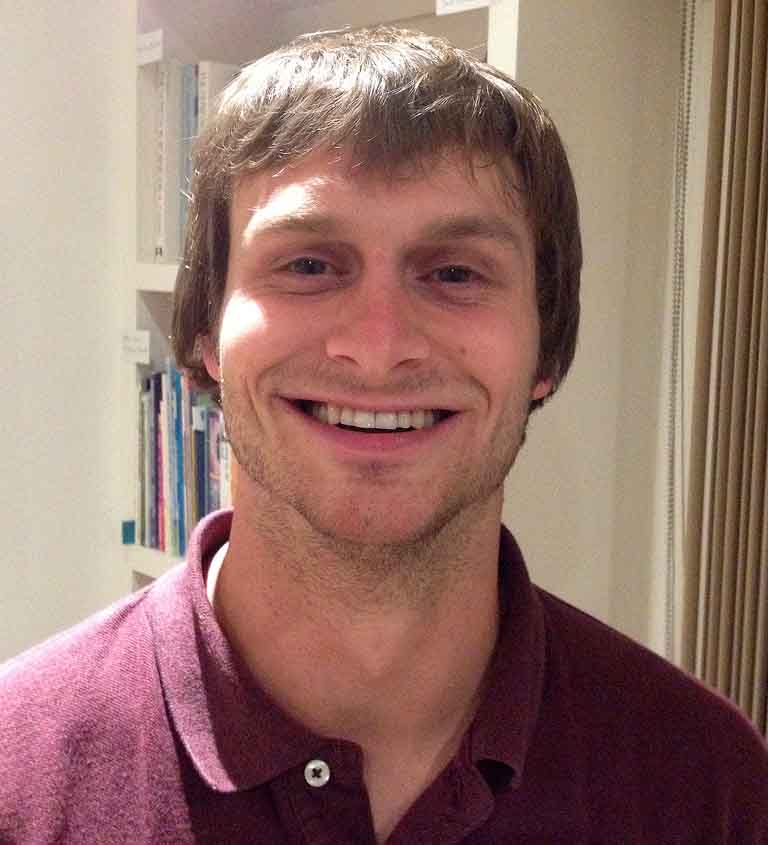
“I fear that recommending the monument change in no way unnecessarily puts pressure on Parks Canada to conform with our act,” he told council. “Whether we like it or not the unfortunate reality demonstrates hurts and causes pain for many in the Indigenous community.”
He suggested the side pieces could be installed somewhere as separate pieces in the same manner as the side piece to the Champlain monument in Nepean, Ontario was relocated to Parliament Hill.
Side note, our Champlain monument figures are really several pieces. The piece Fallis referred to, The Scout, is an unfinished piece, originally hastily installed – it is missing the canoe and paddle intended before funds ran out.
The clearest case for how modern interpretation of old events can go sideways is contained in an Ottawa Magazine article from 2017. A photo editor captioned a photo of The Scout, “located, subserviently, at the feet of the Champlain sculpture at Nepean Point,” which is hard to imagine how a canoe-kneeling figure minus the other elements can be perceived as subservient. Likewise, photographer Jeff Thomas, quoted in the same story said it is, “a warrior standing his ground in front of Parliament Hill.” Again, the scout is kneeling, his hands are clearly positioned to be holding a paddle – and the figure is looking over his shoulder away from the House of Commons. This is the heart of uproar, interpretation.
The report states 70% of the feedback the Champlain working group received was in favour of returning the monument as is – and favoured creation of some additional art to give perspective and an account of the history of First Nations in the area. Only 7% said don’t reinstall it.
Many objectors conflate what happened during Champlain’s trek through this neighbourhood to what happened to First Nations decades and hundreds of years later. These are not the same things. Champlain owed his life to the Huron/Wendat and had nothing to do with the later subdivision of Ontario by colonial powers, residential schools, and today’s lack of funding for basic needs on many reserves. Yet, many like Fallis, pitch their point of view on a flawed perception.
“I am painfully aware of the other side of the story, one that tells of a population that’s been mistreated and ignored, a population that our society has literally tried to forget about. While I completely understand the drive of many passionate Orillians to hold on to something so dear to them, something that has been a feature of our city for decades, I couldn’t sleep knowing we had chance to make a prominent Orillia landmark much more fitting of our Sunshine quality, rather than an image that some perceive to be hateful, derogatory, and disrespectful,” Fallis said to council.
Fallis proposed an amendment to remove the words original form and replace them with culturally sensitive modifications that are in line with the goals of Indigenous reconciliation. This would in effect replace the perception of untold history with a real re-writing of history. One would think the French came here in the 1600s in the same manner Spaniards inflicted pain on Central and South America, or the Dutch did in South Africa, nothing like that is the case regarding the French who came here. They sought alliances and trading partners, they were explorers. It is is very unlikely that all of them were saints, but those who weren’t aren’t coming to mind.
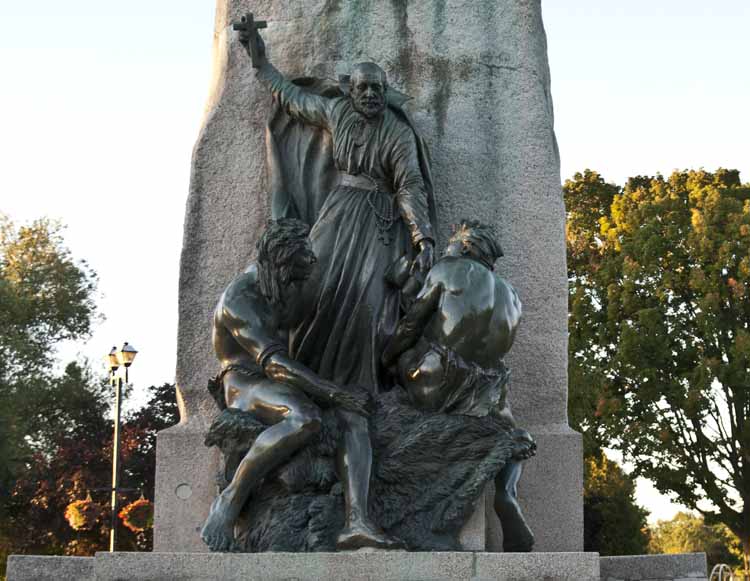
As to the side pieces, regardless of where they end up, except for locked way in storage, there will be those who say exactly the same things they are saying now. Those figures are hated by many, many who impose feelings about their treatment and that of their parents and grandparents onto a monument which speaks to something else. Subservience is the word often used regarding the side piece depicting religion. It’s hard to imagine where the flock, or in this case potential flock, would sit, lawn chairs weren’t invented, and there wasn’t a source on the continent for church pews yet. Does anyone anywhere have evidence of a reverend, pastor or padre sitting down to address any group, flock or not?
Fallis failed to get a backer for his proposal, but mayor Steve Clarke did suggest reworking the next two paragraphs (moved by councillor Ted Emond and seconded by Tim Lauer) to include Fallis as a council representative along with Clarke and Lauer to work with the Chippewas of Rama and the Huron/Wendat on, “additional strategies that would assist the community in helping move the national issue of reconciliation forward in a meaningful way.“
“The recommendation speaks of what would happen if Parks Canada decided to agree with us and say bring it back, but we want you to take action on those other two recommendations,” Lauer said speaking with SUNonline/Orillia after the meeting.
“The second one is beyond the monument itself, that we continue to work with Rama first Nations to see what else we might do to further the issue of reconciliation”
Originally, the new wording left the mayor out of the second part and Fallis argued, as did other councillors, the mayor should not be excluded from such a team.
With new wording, where does this leave the community? At the moment, still waiting for Parks Canada to tell us what is going to happen. The council report council is additional to the process.
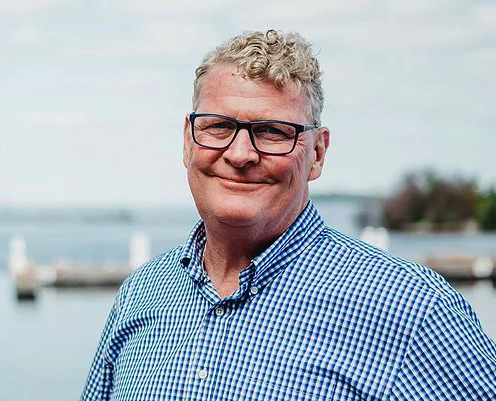
“The working group is doing their own report. Tim and I were mandated to write our own report by council last August and bring it back to council in the spring, based on our findings of the public consultation process,” Clarke told SUNonline/Orillia after the meeting.
“What we were presenting was pretty well an update on the consultation that we had heard and received, not a final recommendation.”
The working group was made up of two representatives from each of Parks Canada, the Chippewas of Rama, the Huron/Wendat Nation, the Elementary Teachers Federation of Ontario (by virtue of their interest in reconciliation efforts and a pledge of $25,000 for new art), and citizens at large. The Huron/Wendat delegation only participated by conference call in the first meeting.
“Regardless of their Nation’s history, the question of reconciliation is a National issue. They are participating on that basis. The fact of the matter is during the process they haven’t contributed. They haven’t been able to just logistically. They’re in Quebec and I guess they don’t have the resource to actively participate in this working group,” said Lauer to SUNonline/Orillia.
The working group has not completed its final report to Parks Canada, but it won’t be long before its presented.
“Each individual group has gone back to their membership and said, “OK this is where we are at with the consultations, the kind of results we are getting, what you think?’ That’s what we are doing,” said Lauer
“I hope sooner than later. I would hope that it’s fairly imminent, but I don’t have a definitive time,” said Clarke.
Lauer believes a decision will be made before the end of summer.
“Probably this summer because I don’t believe they are going to drop the writ for the election until September because the minute they drop the writ nothing can happen,” said Lauer.
During the public input portion of the meeting, Brian Greer addressed council and made an extraordinary proposal.
“It would be a shame if we came away and decided to put up a plaque. There is a terrific opportunity to go back to Parks Canada requesting federal funding for a complete and impressive installation, not just about the monument, but about the history of that historic collision of people. We’ve got 5,000 years to talk about here. It’s an ask, and a big ask the city should be making of the federals,” said Greer. “They attempted initially to put pressure and challenge on the city. Let’s throw it back at them.”
It’s not a new idea to Tim Lauer, but welcome support.
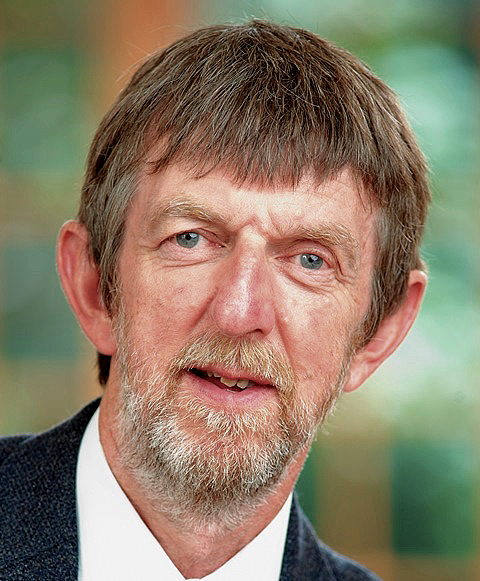
“That’s been my thought all the way along. It would be a perfect fit. You could commemorate the Fish Weirs with the bridge and an interpretive center and get the federal government o pay for it,” Lauer told SUNonline. Even though The Narrows is far removed from the monument, he still thinks there needs to be some explanation of the context of the circumstance leading to creating the monument and those who were here first.
“I would have a reinterpretation right at the monument site. I would certainly storyboard it to death with all the history,” contrasting 1600 with 1900. “To do an additional piece to further the cause in regards to that second resolution, I think the Fish Weirs is the perfect place to monumentalize Natives.”
To conclude, make no mistake, we are not arguing to diminish the aims of reconciliation, or the pain and suffering inflicted – even within our lifetimes – on First Nations people. Some concrete steps need to be taken, some recompense made, and we have to stop treating part of the family as second class citizens. SUNonline/Orillia supports all the efforts being made (even at glacial pace), but we do believe heaping 19th and 20th century mistreatment on a 17th century event and remnants of colonial thought and terminology used in and tarnishing an intended good thing in 1925 is wrong headed and things might be better if those who do so could redirect their angry energy toward positive outcomes in any of the many other projects and programs to right the wrongs.
(Photos by Swartz – SUNonline/Orillia, Headshots Submitted)
![]()




